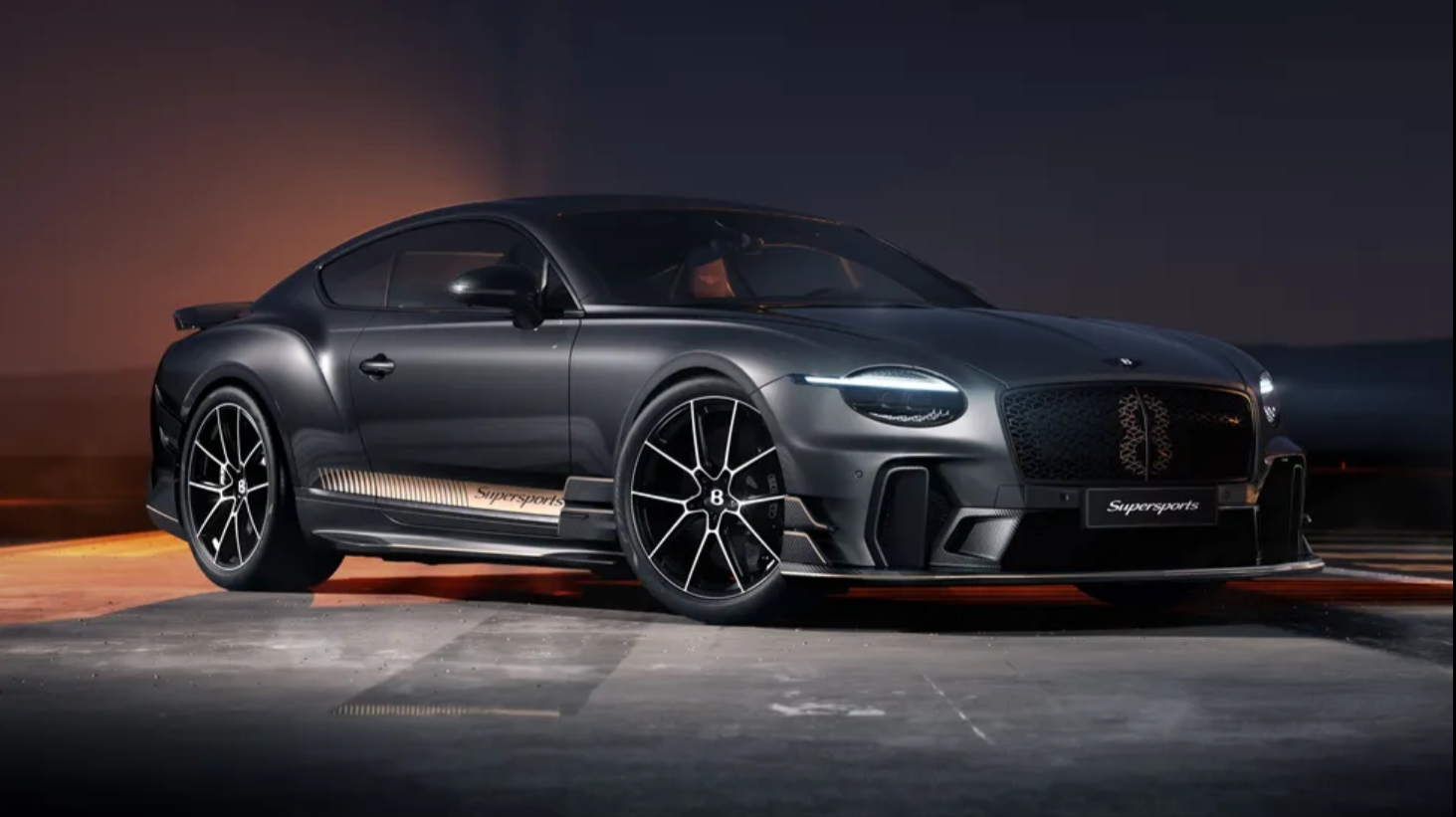Although the latest GT-R's design dates back much further, it was introduced in 2007. Do you recall the 2001 concept car Skyline GT-R? Godzilla is older than dirt, even though supercars don't typically have a six- to seven-year lifespan like other automobiles. In 2024, the R35 generation is still working and has not yet retired. According to a Nissan executive, the outdated V-6 engine is still in use.
Nissan's Senior Vice-President in an interview with the Australian magazine Drive pledged "not to do a half-baked GT-R, that's not the intention." Speaking about his lack of success in landing a job at Nissan to develop a minivan, Francois Bailly stated that the carmaker is still dedicated to producing sports vehicles. Even though none of the family haulers are marketed in the US, the company still maintains a presence in that market.
The firm executive claims that EV technology isn't ready for this kind of high-performance application, thus the R36 won't be released anytime soon. The solid-state batteries that Francois Bailly was referring to won't be available until after 2028. With its 1,341 horsepower Hyper Force concept from the previous year, there was a hint at the possibility of a totally electric GT-R thanks to innovative battery technology.
In a different context, solid-state batteries were extolled by Nissan Europe's vice president of powertrain engineering. Matthew Wright stated that they will be a "game-changer" by accelerating charging speed and energy density in an interview with Auto Express. He continued by saying that solid-state batteries will address weight, which is one of the primary issues with modern EVs. A smaller battery would be installed, and for a performance vehicle like the GT-R, that would make all the difference in the world. The latest model weighs 1753 kg in Nismo flavor ($222,885).
Before a commercial model is introduced in 2028, Nissan plans to start testing a prototype of an electric vehicle (EV) with solid-state batteries in 2026. Leading the charge will be a "Japanese-produced vehicle," the name of which is being withheld for the time being. In all likelihood, a new GT-R won't come out until 2029 or 2030. By the conclusion of the decade, the R35 will have been 23 years old, if the present car survives until then.
It might not live for another five or six years, though. 2025 would be the last year for the current GT-R, according to a March article from the Japanese newspaper Mag-X. Nissan's declaration of a restricted manufacturing run for the 2025 GT-R in Japan has given rise to this speculation. Does this indicate that there will be a long wait until the R36 is ready if it disappears?
In contrast, GT-R sales in the US last year increased by 584 percent. Even while that seems amazing, there were only 390 automobiles sold in 2023 as opposed to 57 the year before. It would be unfortunate to see it disappear without a successor right immediately, especially in light of the loss of the Audi R8. Although it will soon be discontinued, the Lamborghini Huracan will at least receive a hybrid V-8 replacement.
It won't have a whole new ICE even if the next generation GT-R is powered by a combustion engine. Since Nissan recently announced that it is no longer investing in the development of new engines, any R36 that isn't entirely electric will probably feature a version of the legendary VR38DETT.



.jpg)
.jpg)




.jpg)


.jpeg)

.jpeg)
.jpeg)

